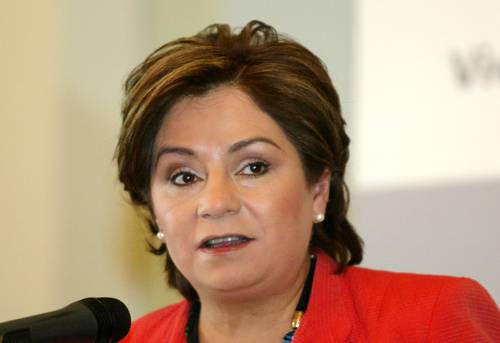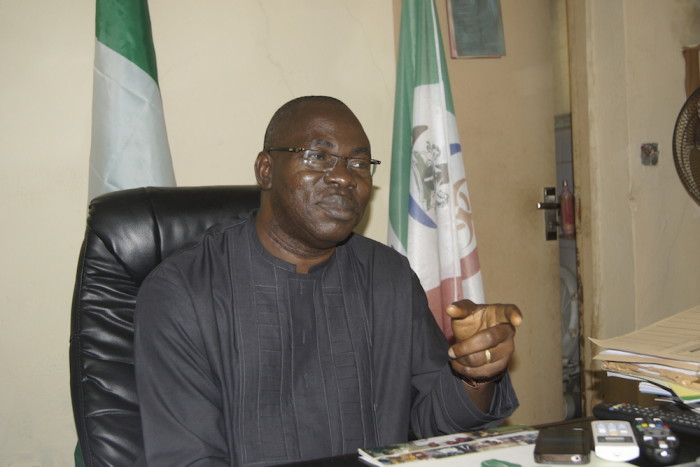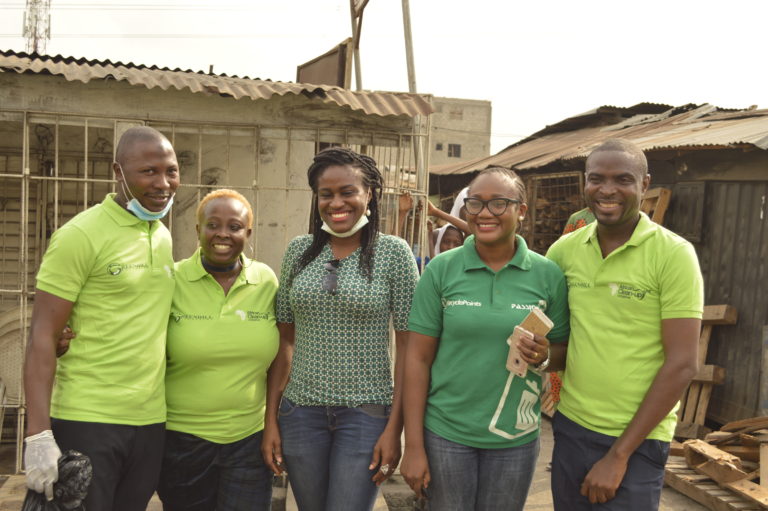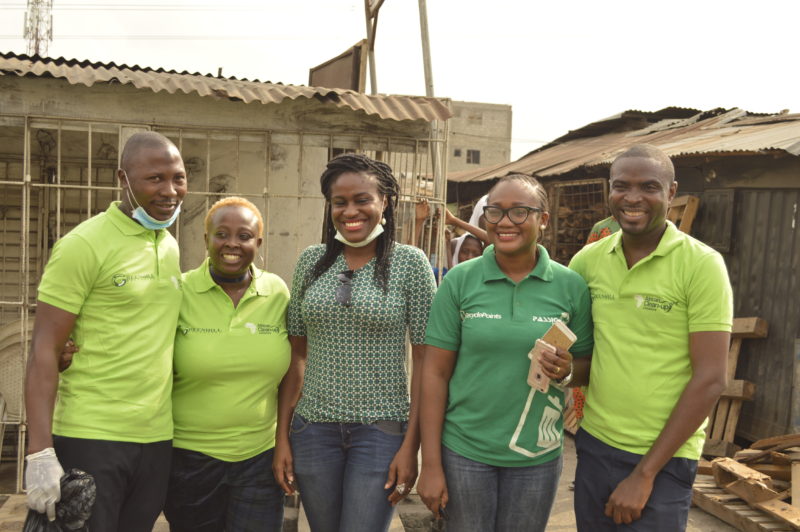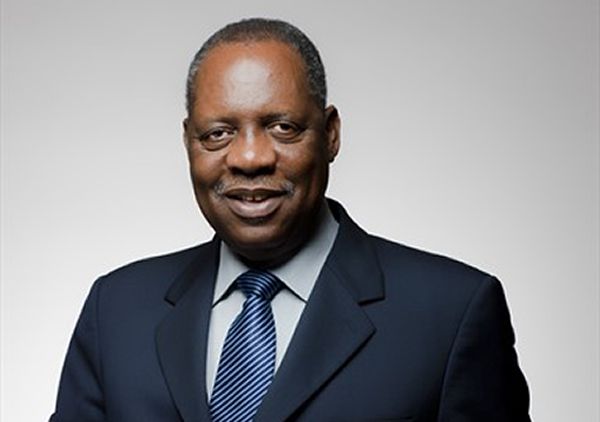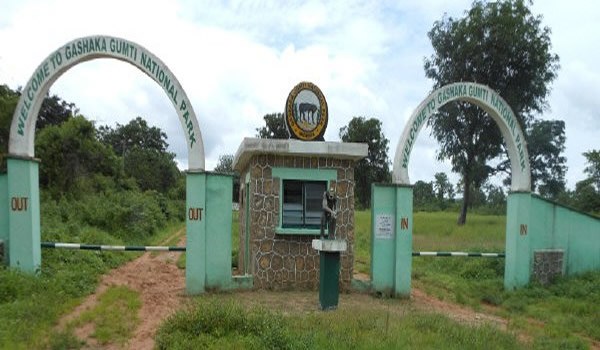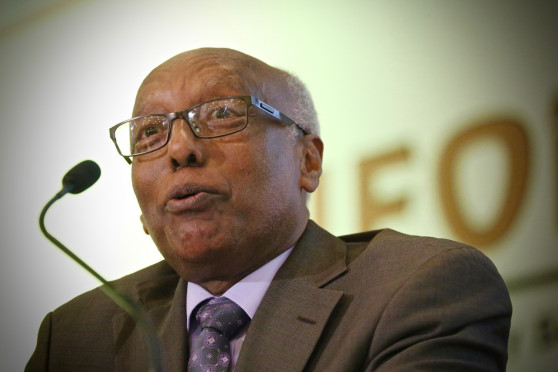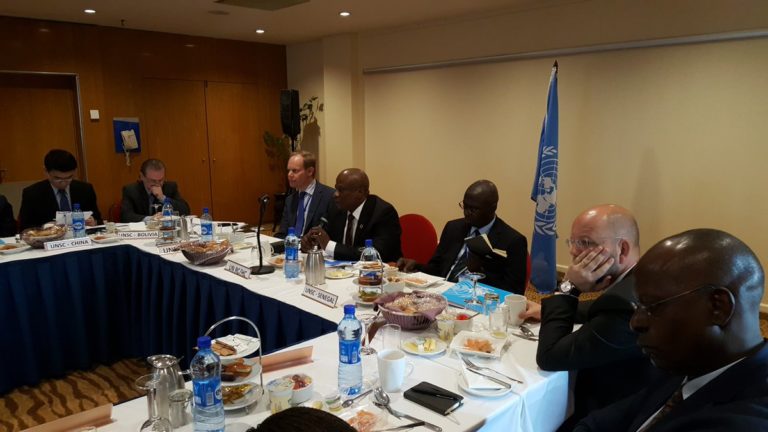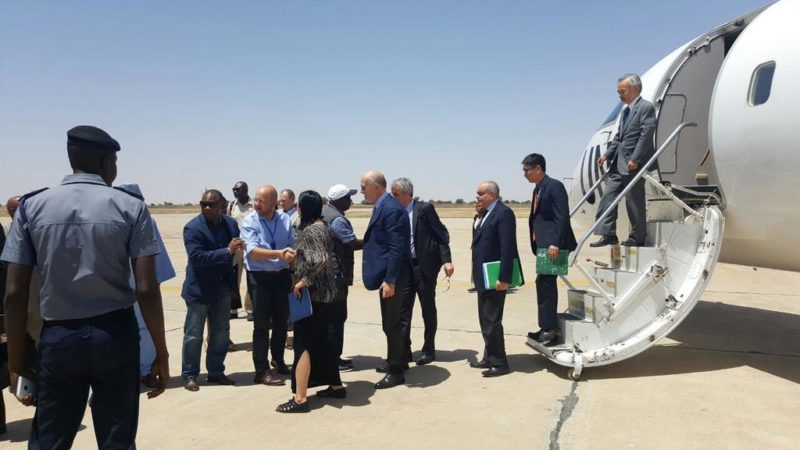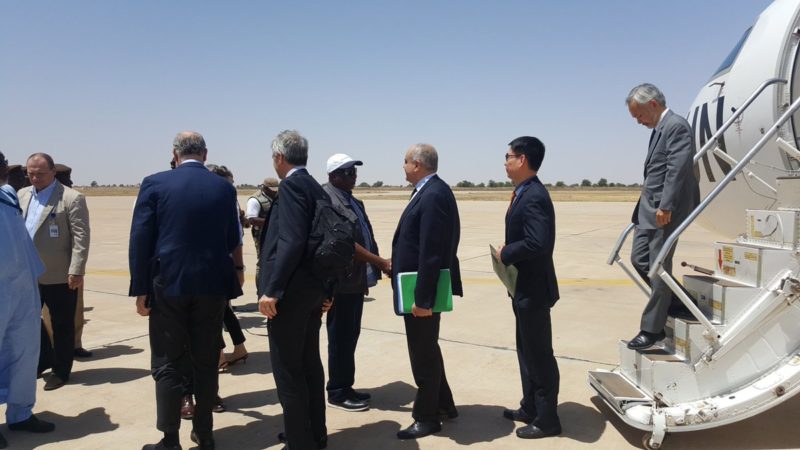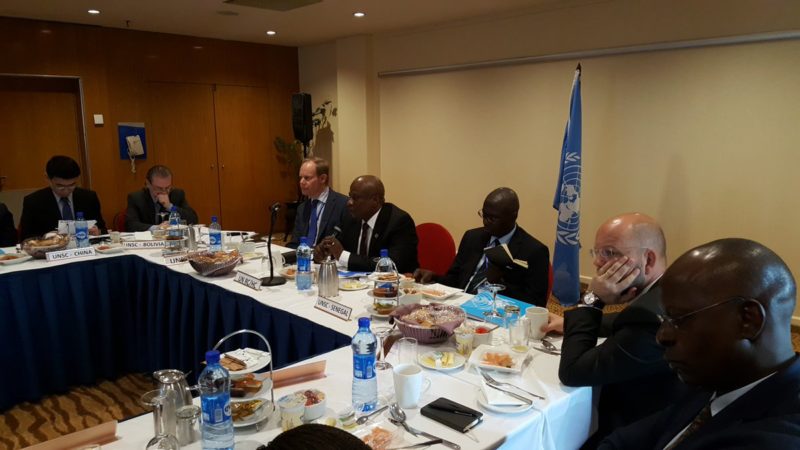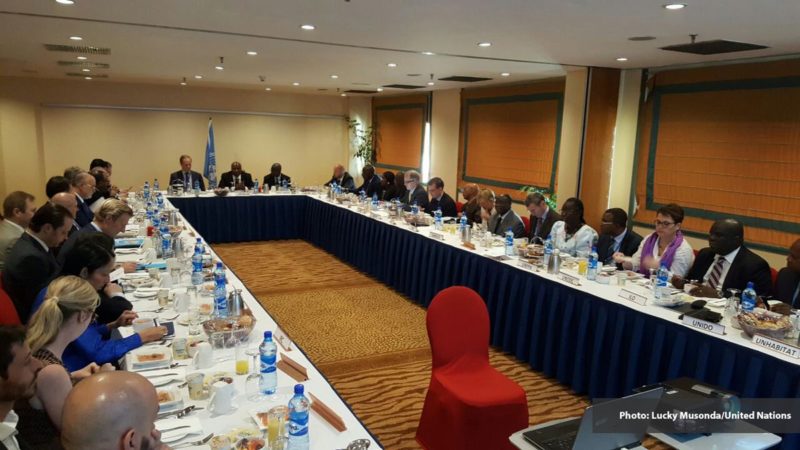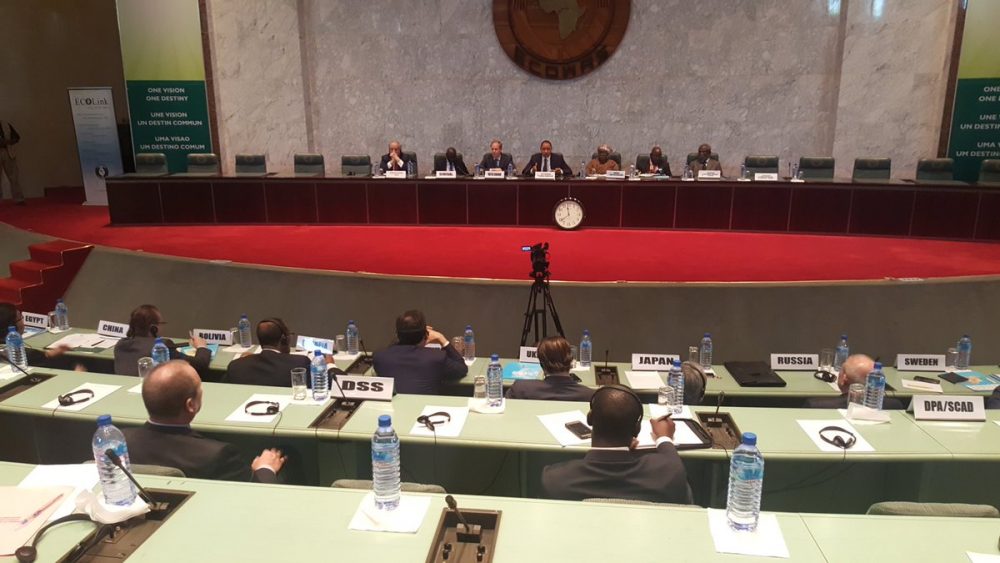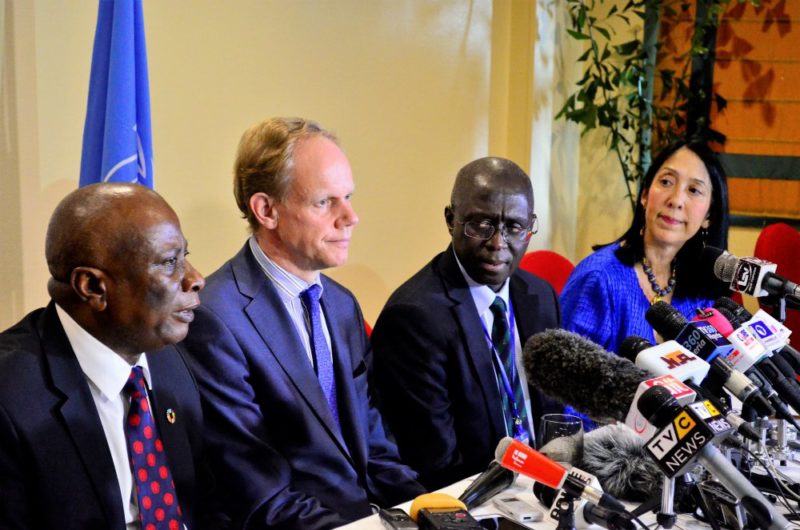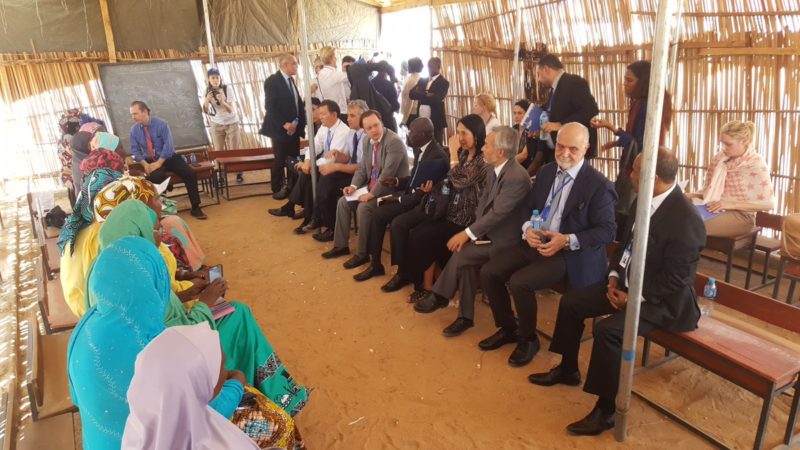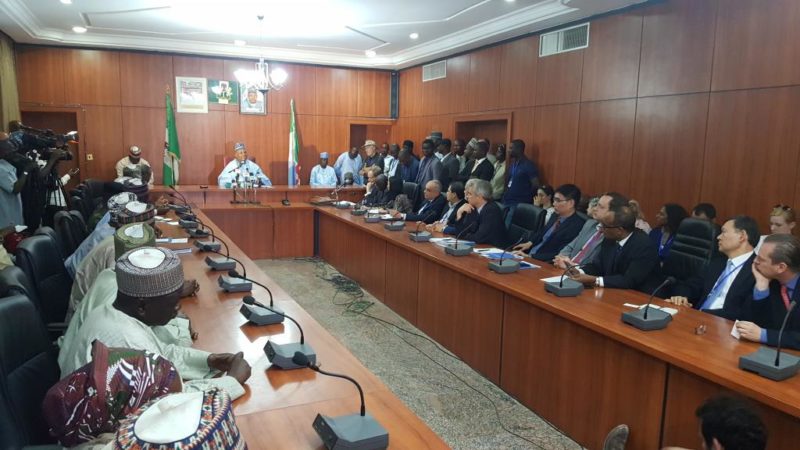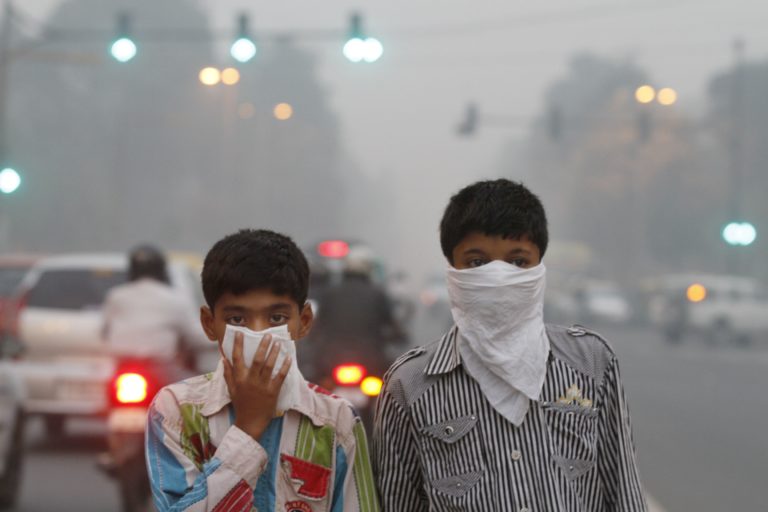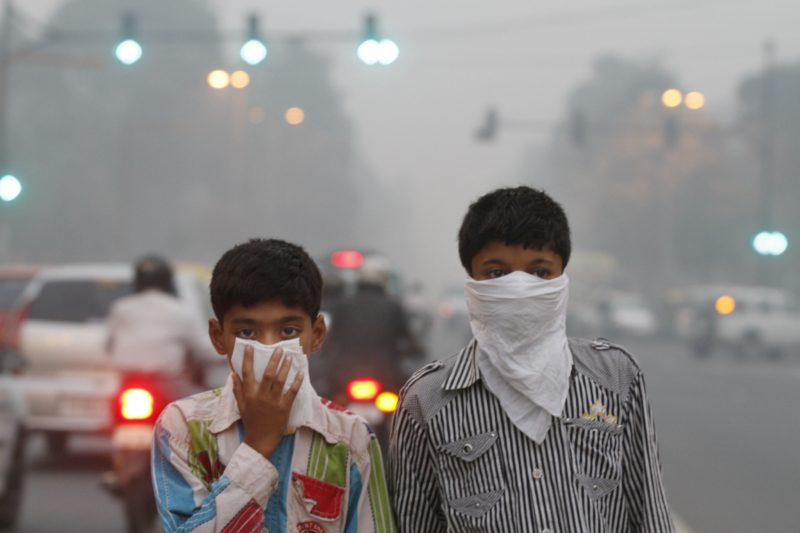In the light of the 2017 International Women’s Day, Executive Secretary, Youth Empowerment Foundation, Mrs Iwalola Akin-Jimoh, has said that women are overburdened in running the day-to-day affairs of their homes and urgent solution is required to turn things around.
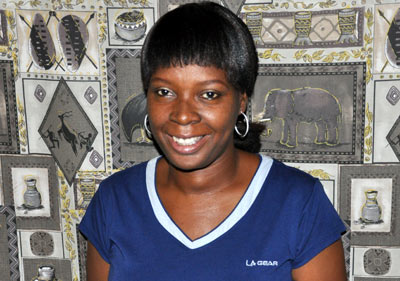
The theme of this year’s International Women’s Day campaign, “BeBoldForChange”, is a call to the masses and the women to help forge a better working world – a more gender inclusive world.
According to her, women are charged with heavy duties of caring for the husband, as well as attending to the daily demands of their homes, outside the fact that a 21st century woman seeks to get educated and desires to build her career.
She advocated for workplaces to provide mothers the opportunity to breastfeed their new‐born children.
“Sometimes, due to demanding careers, women are not able to spend time with their children. But some workplaces now offer mothers the opportunity to take care of their children while at work instead of relieving the mothers of their duties.”
She emphasised the importance of mothers’ breastfeeding their children, as this is the best source of immunity for the child.
On tackling gender-based violence, Iwalola asserted: “This requires a combination of efforts at community level, working with school systems and the media, encouraging victims to report and the prosecution of perpetrators, and also the need to address the issue of stigma. It is important to ensure GBV survivors, especially women and girls, have access to safe and secure wide range of health and social support services that can address their needs.”
Iwalola called on government at all levels to ensure the protection and empowerment of women.
“Women, especially the girl-child, must be given priority for their protection, promotion and empowerment. It is important to create safe spaces for girls to discuss important issues such as abuse, as this has brought to fore increased reporting of physical and sexual abuse of girls and women. Safe spaces need to be created in schools, communities and faith-based institutions to ensure that we address the safety needs of children and women,”
Also, Toyin Saraki, Founder/President of Wellbeing Foundation Africa, stressed: “An empowered woman is a productive woman, a health seeking woman, therefore a woman can be entrusted with the survival and wellbeing of herself and her family.
“In order to tackle the challenges of gender disparity, the Nigerian government should increase women’s presence at the labour market by enabling them have better access to employment both in the formal and informal sector, make girl-child education compulsory, encourage more women in leadership positions and take up political appointment.
International Women’s Day (IWD) is celebrated on March 8th every year. It is a global day celebrating the social, economic, cultural and political achievements of women. Nigeria is joining the rest of the world to commemorate the day as, according to the Development Communications (DevComs) Network, the health and wellbeing of a woman is vital to the wellbeing of a nation.
For instance, the Embassy of France in Nigeria will hold two separate events in Lagos on Friday, March 10 and Saturday, march 11.
According to Aurélien Sennacherib, Attaché for cooperation and cultural affairs, a film screening of “Aya de Youpougon” with e-presence of Marguerite Abouet at Bogobiri holds at 6pm on Friday.
The following day entails a panel-discussion and closing cocktail at Terra Kulture with the theme: “Women in the move, in Nigeria and beyond: feminism or feminisms?” Moderated by Dr. Sara Panata, it will feature Molara wood (writer), Ngozi Iwere (activist), and Georgina Duke (editor).


